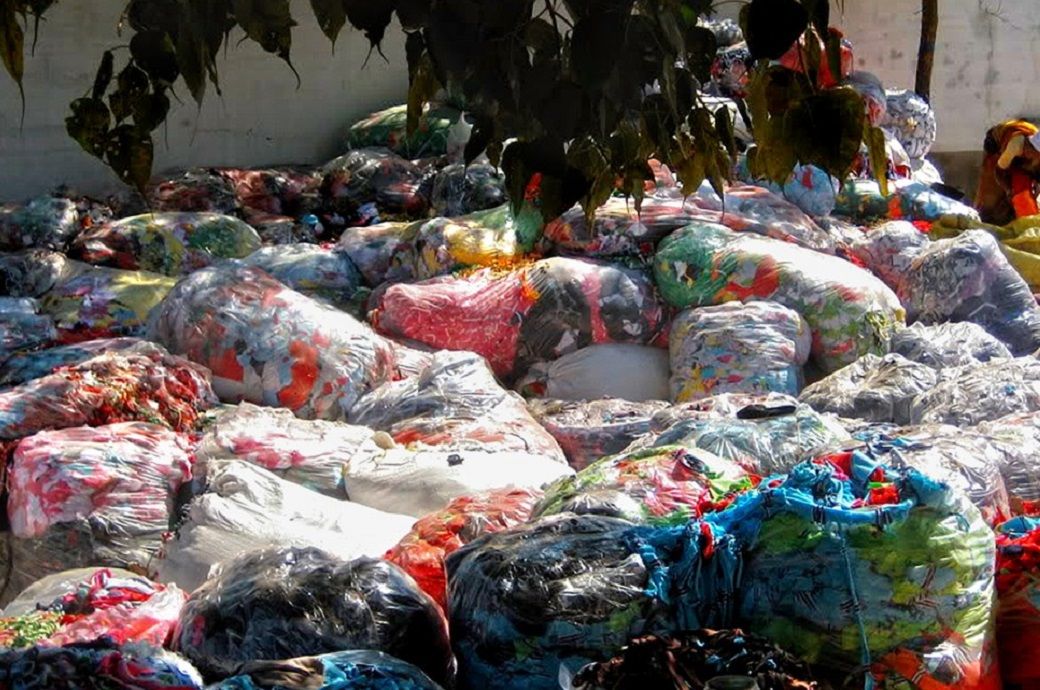
As part of the process, the textiles are cut into pieces and chemically broken down into a combination of raw materials, dyes, additives, dirt, and esters. A metal solution is then added, and building blocks from the polyester share an affinity with the metal, forming tiny cages called metal-organic frameworks that settle at the bottom of the mixture, Krishna Ramanujan wrote in an article in Cornell Chronicle.
These cages can then be used to create coatings, which can be tailored to specific uses such as wrinkle-free coatings for permanent press shirts, antibacterial coatings for surgical gowns or scrubs, or fire-retardant coatings for baby or industrial clothes. The process is known as controlled crystallisation and has been proven to be effective in spite of impurities and dyes in the mix.
The textile, apparel, and footwear industries generate 20 per cent of global solid waste, with many so-called recyclers illegally dumping textiles in countries in Asia and Africa. The new method provides hope for these unsustainable industries by contributing to a circular economy.
“One goal of my lab is to create a universal coating that will serve all these purposes, though we are still far away from that,” said Juan Hinestroza, the Rebecca Q. Morgan ’60 Professor of Fiber Science & Apparel Design and director of the Textiles Nanotechnology Laboratory in the College of Human Ecology.
Titled ‘Upcycling of Dyed Polyester Fabrics into Copper-1, 4-Benzeedicarboxylate Metal-Organic Frameworks,’ the study was published in the Industrial & Engineering Chemistry Research journal and was partially funded by the National Science Foundation. It was authored by human-centred design doctoral student Yelin Ko; assistant professor of chemistry and chemical biology Phillip Milner; and Tyler Azbell, who is a doctoral student in Milner’s lab.
The study's findings could have a significant impact on the fashion industry and the environment, providing a more sustainable and eco-friendly approach to textile production.
Fibre2Fashion News Desk (NB)